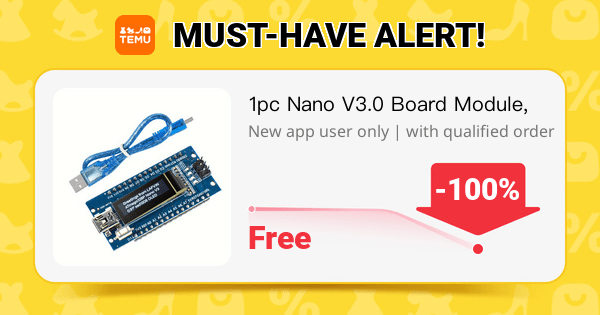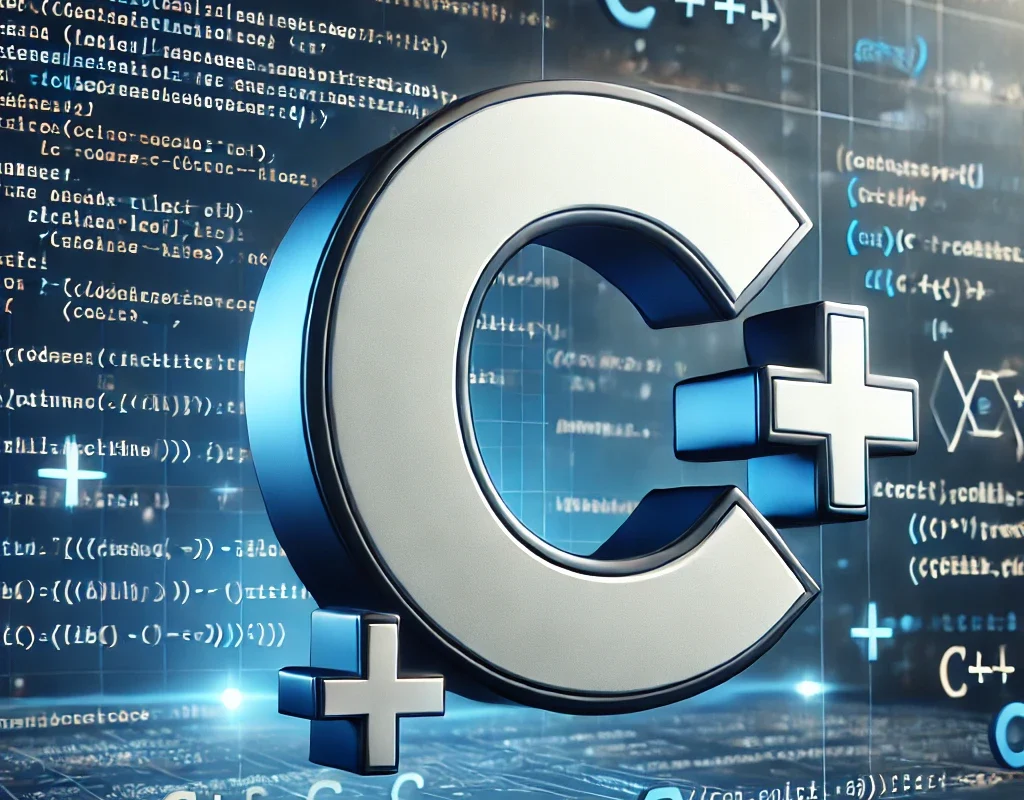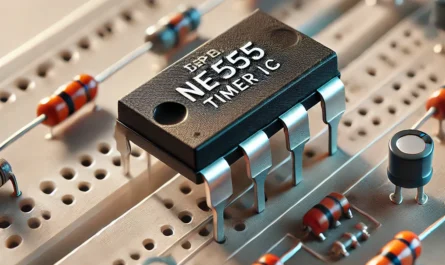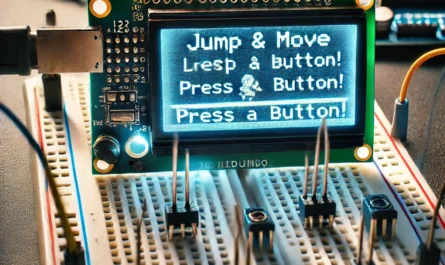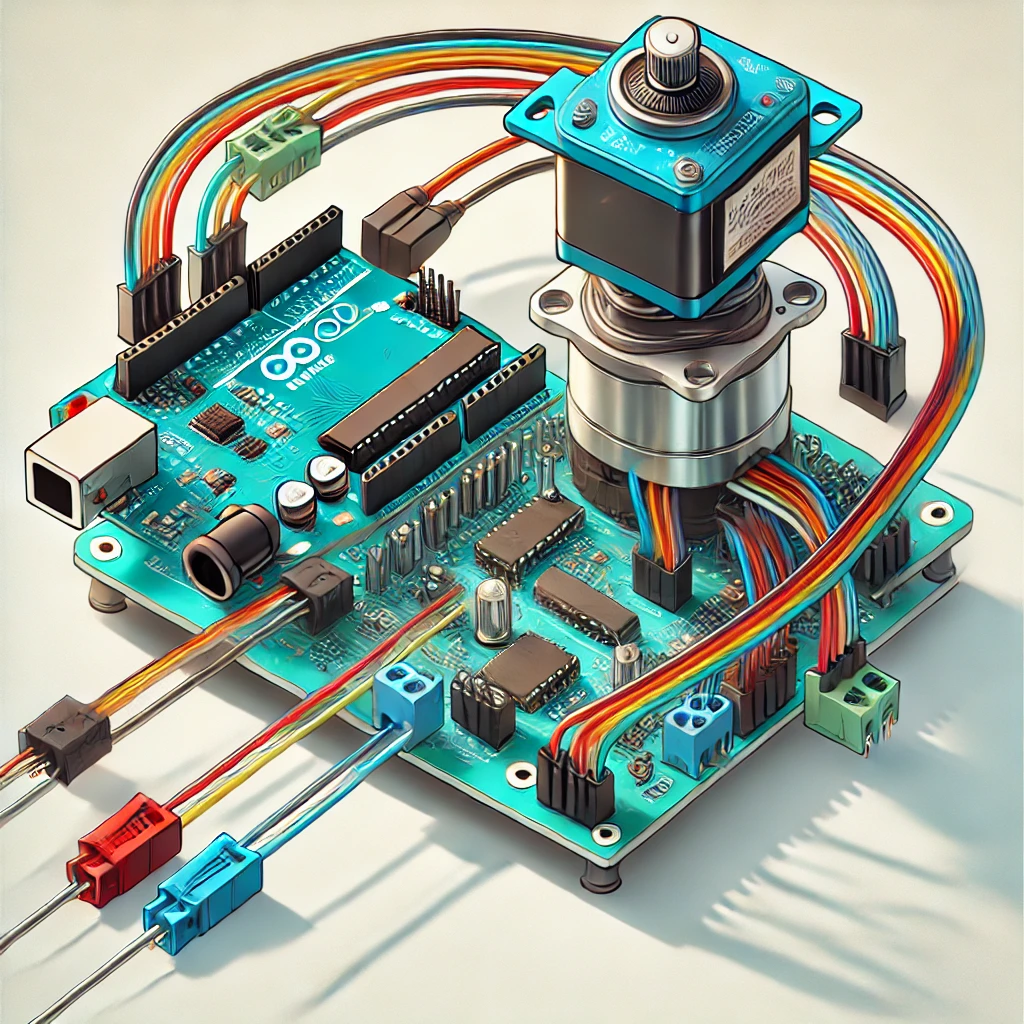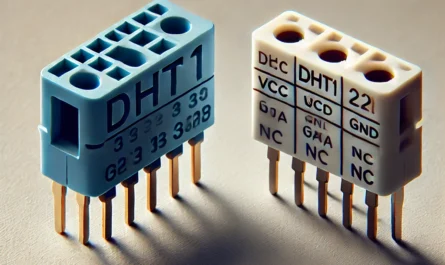1️⃣ Compatibility and Limitations
- Resource Constraints: Microcontrollers have limited RAM and flash memory compared to PCs. This limitation affects how much code and data your program can handle.
- Processor Speed: Microcontrollers typically operate at lower clock speeds, which means that efficient code is crucial.
- Supported Features: Not all C++ features may be supported on all microcontrollers. For example, dynamic memory allocation (
newanddelete) and exceptions are often avoided due to resource constraints and the need for predictable behavior.
2️⃣ Embedded-Specific Libraries and Code
- Direct Hardware Access: Unlike general application programming, microcontroller programming often involves direct hardware manipulation. You’ll interact directly with hardware registers to control I/O pins, read sensors, set timers, etc.
- Libraries: Many microcontrollers have specific libraries that abstract some of the hardware complexities. For Arduino, you have libraries like
SPI.handWire.hfor communication protocols.
3️⃣ Real-Time Constraints
- Microcontroller applications often involve real-time processing where tasks need to be completed within strict timing constraints. C++ offers control structures and optimizations that can be used to meet these requirements.
4️⃣ Development Environment
- Integrated Development Environments (IDEs): Tools like Arduino IDE, PlatformIO, and vendor-specific IDEs (e.g., STM32CubeIDE for STM32 microcontrollers) support C++ programming for microcontrollers, providing libraries and tools tailored to the hardware.
5️⃣ Programming Examples
Here are examples of how common C++ concepts are used in microcontroller programming:
Variable Declarations and Data Types
cppCopyint ledPin = 13; // Use standard data types for declaring I/O pin numbers
Control Structures
cppCopyif (digitalRead(buttonPin) == HIGH) {
digitalWrite(ledPin, HIGH); // Example of using an if statement to control an LED
}
Functions
cppCopyvoid toggleLED() {
static bool ledState = false;
ledState = !ledState;
digitalWrite(ledPin, ledState); // Simple function to toggle an LED
}
Direct Hardware Manipulation
cppCopy#define LED_PORT PORTB // Direct port manipulation for high-performance needs
#define LED_PIN PB5
LED_PORT |= (1 << LED_PIN); // Set pin high
Using C++ for microcontroller programming effectively marries the language’s powerful features with the specific needs of embedded systems, such as direct hardware interaction and real-time performance. This approach allows for the development of more complex and reliable embedded applications.
